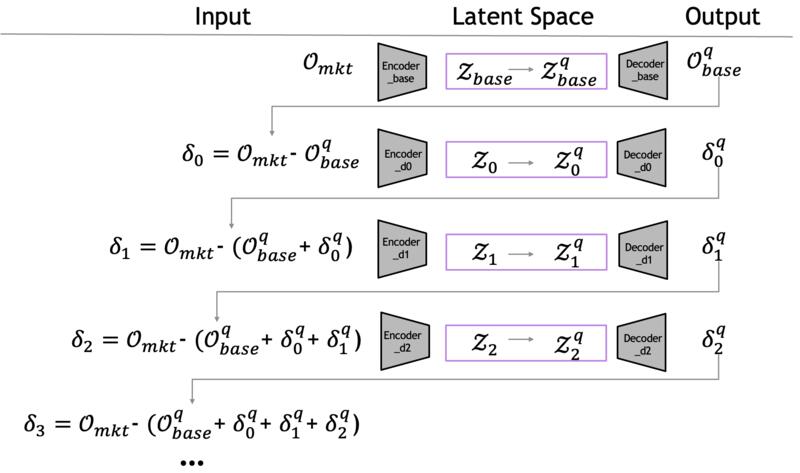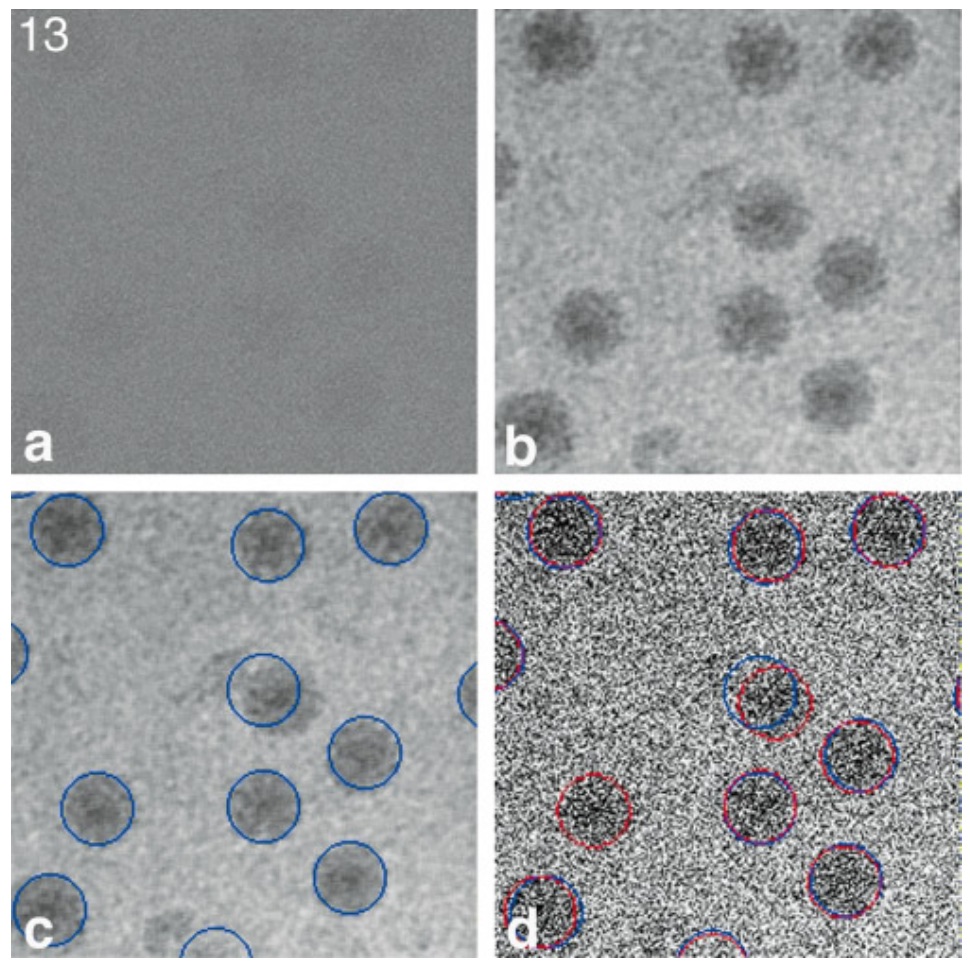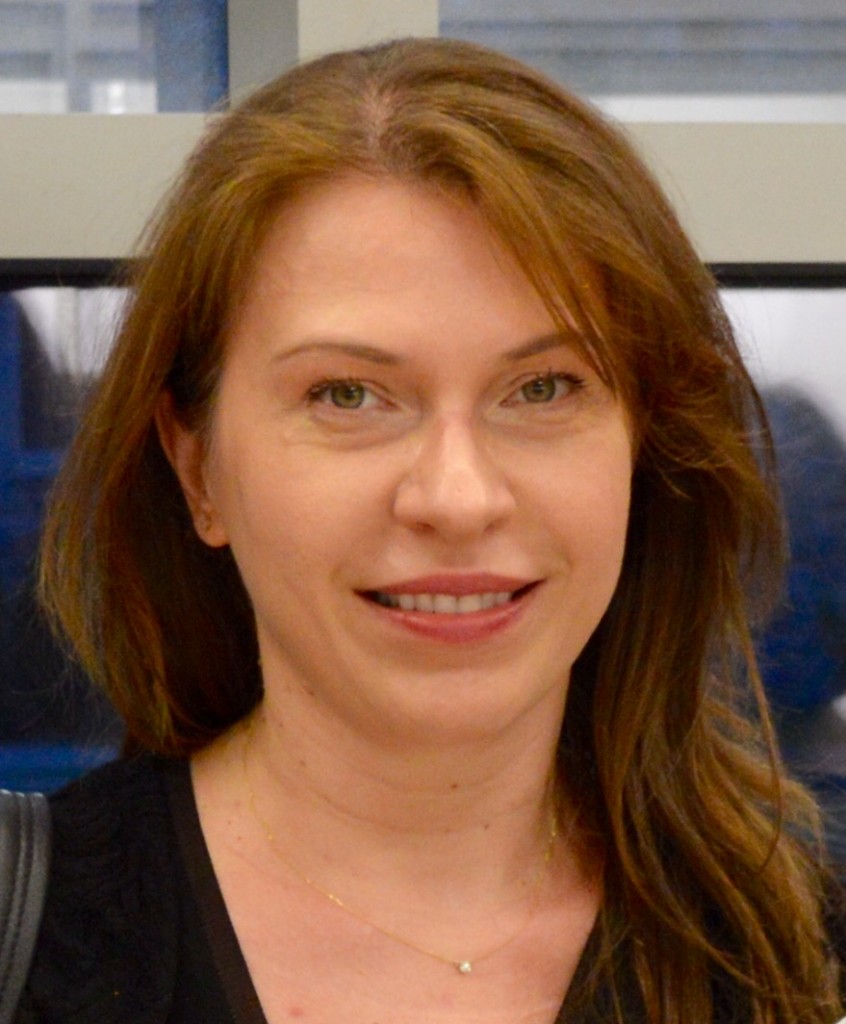
About me
I love seeking answers to open questions. Over the years, I have developed and refined my ability to extract business requirements, formulate solvable problems, and find solutions under real-world constraints. As one portfolio manager once told me, I have:
"the unique skillset of being able to easily communicate common sense methods to complex problems."
I hold a Ph.D. in Computer Science from Purdue University. I completed graduate coursework in Financial Mathematics at NYU and Artificial Intelligence, Machine Learning, and Big Data at Harvard.
At Nvidia, I am driving our global business strategy for Capital Markets and crafting AI solutions that leverage the power of accelerated computing. As a quant, I’ve had the privilege of working on both the sell side and the buy side, learning from the best, and leading teams of remarkable people to tackle interesting modeling problems, while building world-class quant libraries. I am a proud alumna of the Global Fixed Income quant team at Citadel LLC and of the famous 🙂 FIRST team at BNP Paribas where I honed my skills in derivatives valuation and risk management, stochastic modeling, and portfolio construction. As a manager, I’ve been spending time thinking and formulating ideas on how to successfully build teams that generate value through data science and AI from the ground up.

cuFOLIO: Accelerated Portfolio Optimization
Library we developed for Portfolio Optimization using NVIDIA cuOpt

Generating Financial Market Scenarios Using NVIDIA NIM
Published in NVIDIA Developer Blogs
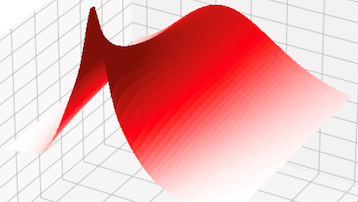
Part 1: How to Accelerate Quantitative Finance with ISO C++ Standard Parallelism
Part 2: P&L Modeling on GPUs with ISO C++ Language Parallelism
Published in NVIDIA Developer Blogs
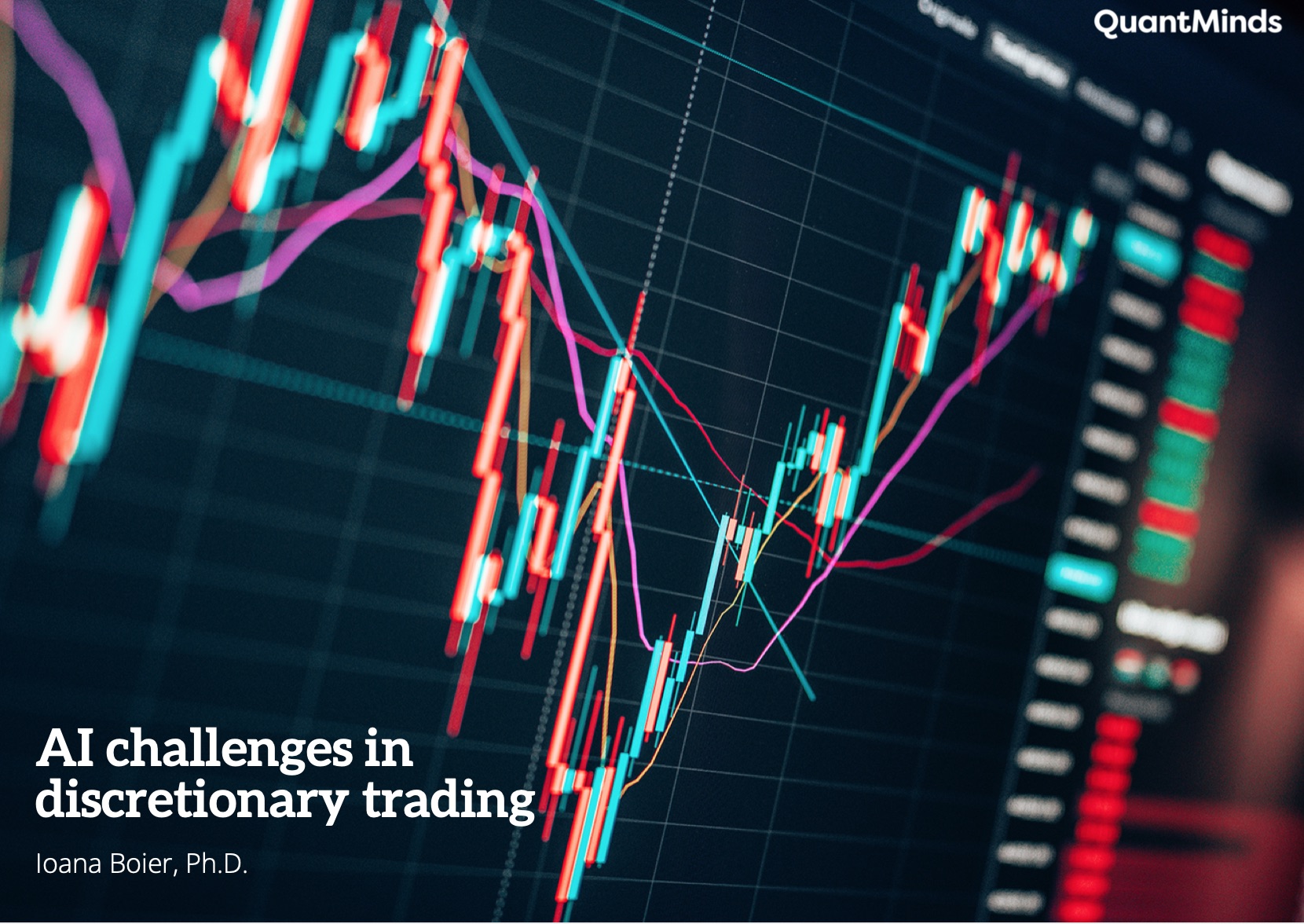
As a computer scientist, I am fascinated by the dynamics of problem solving paradigms and their evolution in lock-step with computing power.
Read my QuantMinds 2021 blog on the challenges of AI in discretionary trading in which I compared model-driven versus data-driven paradigms related to quant modeling.
I spent an amazing decade at the IBM T. J. Watson Research Center where we delved into a diverse set of research topics, patented ideas, published in top peer-reviewed publications, and collaborated with business and academic partners. To me, it is particularly satisfying to read about the extensions of our ideas and techniques beyond their intended applications, sometimes many years later… Recent examples include seeing our surface cutting and pasting ideas cited in relation to neural shape representation, robot motion planning, 3D printing, and garment modeling and our methods for combining of geometry and texture signals for digital content creation in the context of scene representation for deep learning, aerial mapping, and guiding ultrasound probes in healthcare. In my quant work I have also applied some of these techniques (which ultimately entail handling large, unevenly sampled data sets in high-dimensional spaces) to financial use cases that subtend similar issues in risk management, portfolio construction, and strategy testing.
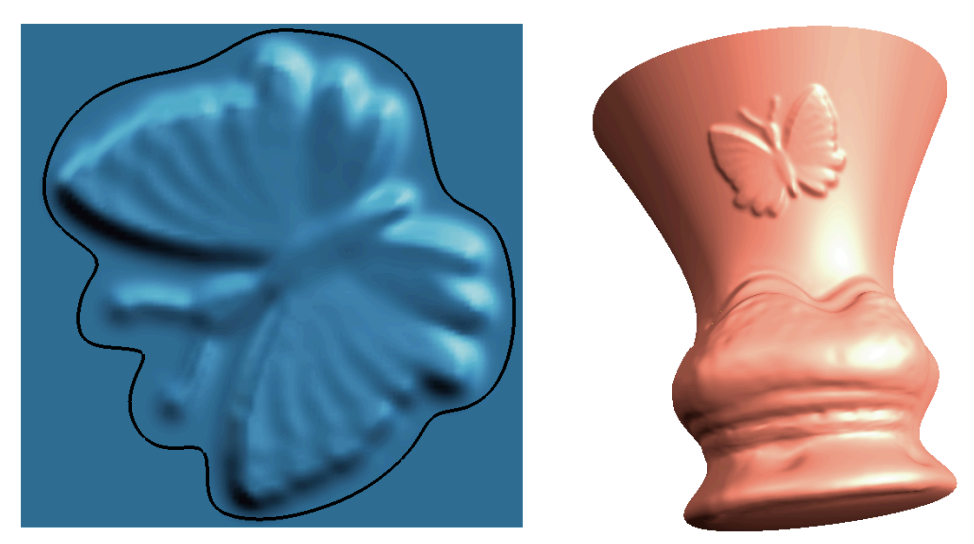
During my Ph.D. studies, I collaborated with a team of biologists to create a machine learning pipeline (before ML was on everyone’s mind) to automatically identify spherical virus particles in super-noisy electron micrographs. When I first met my collaborators, they were performing particle selection by hand. It was tedious work, painstakingly outlining hundreds of particles, one by one, on grainy micrographs over the course of many hours. The human eye is deft at scrutinizing contours and skipping over vitrified gaps to pick out shapes from their amorphous background (can you see them in the upper left corner image?). I loved the idea of making a computer “see” those shapes so I went for it!
I have loved books for as long as I can remember. I wrote and illustrated my first one at the age of five. It’s difficult to pick favorites, but I have a soft spot for biographies. Toulouse-Lautrec’s life was among the first ones I read and it made a long-lasting impression on me early on. Mircea Eliade‘s works occupied entire shelves in our living room and I devoured his autobiographical novels one-by-one. In college I discovered the Charles Eliot Norton Lectures collection. Stravinsky’s Poetics of Music and Borges’ This Craft of Verse are dear to my heart. Last but not least, Walter Isaacson has always been there for me through tough times with plenty of examples to help me forge ahead and come back stronger.
I am also fascinated by foreign languages. Starting with English and French in early childhood, I discovered that I could slowly begin to understand the lyrics of the music my parents listened to. I played and re-played those songs until I could make out every word well enough to find its meaning in a dictionary. Before falling asleep, I made up conversations with imaginary friends who spoke those languages. Early on, I didn’t have access to a lot of books in other languages, so I bought what I could find and read the same books over and over. That’s how Mark Twain, Jules Verne, and I became really good friends 🙂
Last but not least, I love playing tennis, running, and exploring nature.
